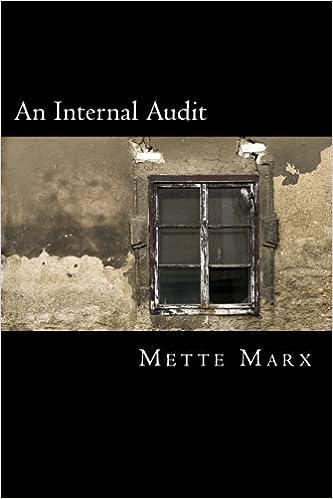Answered step by step
Verified Expert Solution
Question
1 Approved Answer
Webster Company produces 2 0 , 0 0 0 units of product A , 1 5 , 0 0 0 units of product B ,
Webster Company produces units of product A units of product B and units of product C from the same manufacturing process at a cost of $ A and B are joint products, and C is regarded as a byproduct. The unit selling prices of the products are $ for A $ for B and $ for C None of the products requires separable processing. Of the units produced, Webster Company sells units of A units of B and units of C The firm uses the net realizable value method to allocate joint costs and byproduct costs. Assume no beginning inventory.
Required:
What is the value of the ending inventory of product A
What is the value of the ending inventory of product B
Step by Step Solution
There are 3 Steps involved in it
Step: 1

Get Instant Access to Expert-Tailored Solutions
See step-by-step solutions with expert insights and AI powered tools for academic success
Step: 2

Step: 3

Ace Your Homework with AI
Get the answers you need in no time with our AI-driven, step-by-step assistance
Get Started


